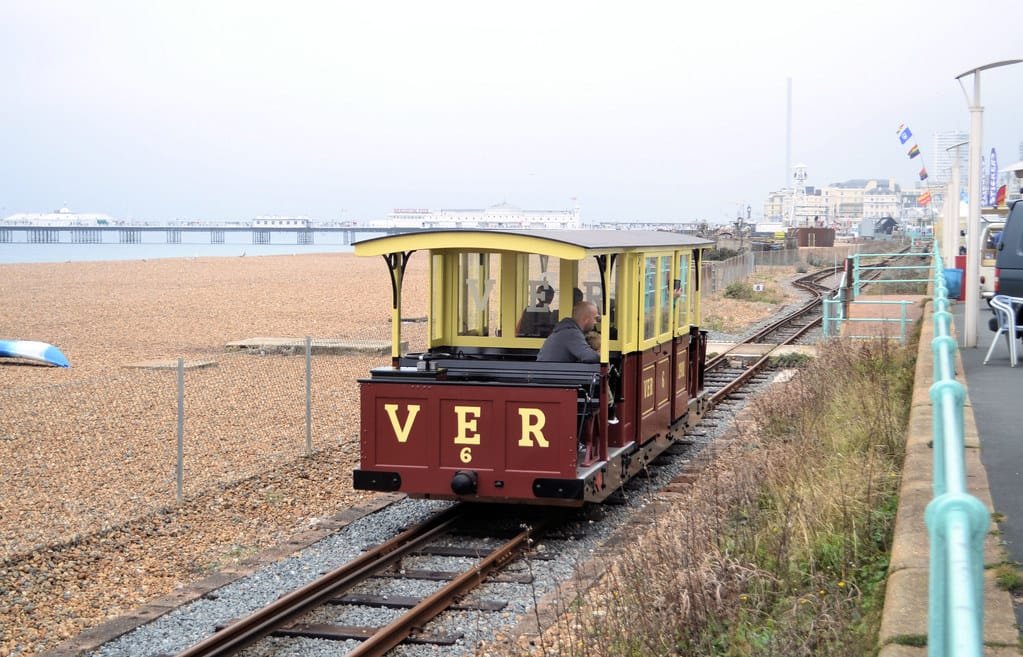
AGRIVAP – Les Trains de la Découverte traces its roots to the late 19th century, when the railway line through Livradois-Forez was gradually constructed between 1864 and 1902 as part of the Freycinet Plan. Originally operated by the Paris-Lyon-Méditerranée (PLM) company, the line connected Vichy to Darsac, traversing mountainous terrain and requiring impressive engineering feats like granite viaducts and tunnels.
By the mid-20th century, the line saw declining traffic, and closures began in the 1970s. In response, the AGRIVAP association was founded in 1979 to preserve agricultural and steam-powered machinery. Its first major initiative was the opening of a museum in Ambert in 1981, housed in a former industrial sawmill connected to the railway.
AGRIVAP soon expanded its mission to include railway heritage. With support from the Parc Naturel Régional Livradois-Forez, the association launched tourist train services. In 1986, it acquired and restored a panoramic autorail, inaugurating its first tourist journey. By 1987, AGRIVAP had also taken over freight operations on parts of the line, demonstrating its growing role in regional rail preservation.
The association’s efforts culminated in the formation of a local intercommunal syndicate (SIVU) in 1992, which acquired and revitalized the line. Over 22,000 railway ties were replaced, and infrastructure was restored to allow safe tourist operations. Today, AGRIVAP runs trains and vélorails across 52 km of track, making it one of France’s longest tourist railways managed by a nonprofit.
AGRIVAP continues to offer themed journeys, group excursions, and seasonal services, attracting around 15,000 visitors annually. Its blend of technical preservation, scenic travel, and cultural engagement has made it a cornerstone of heritage tourism in the Auvergne region.
This historical summary was generated using AI and draws on publicly available sources, including AGRIVAP’s official website and Wikipedia.